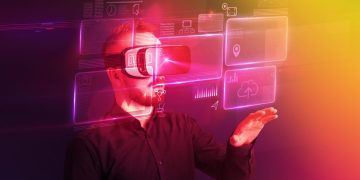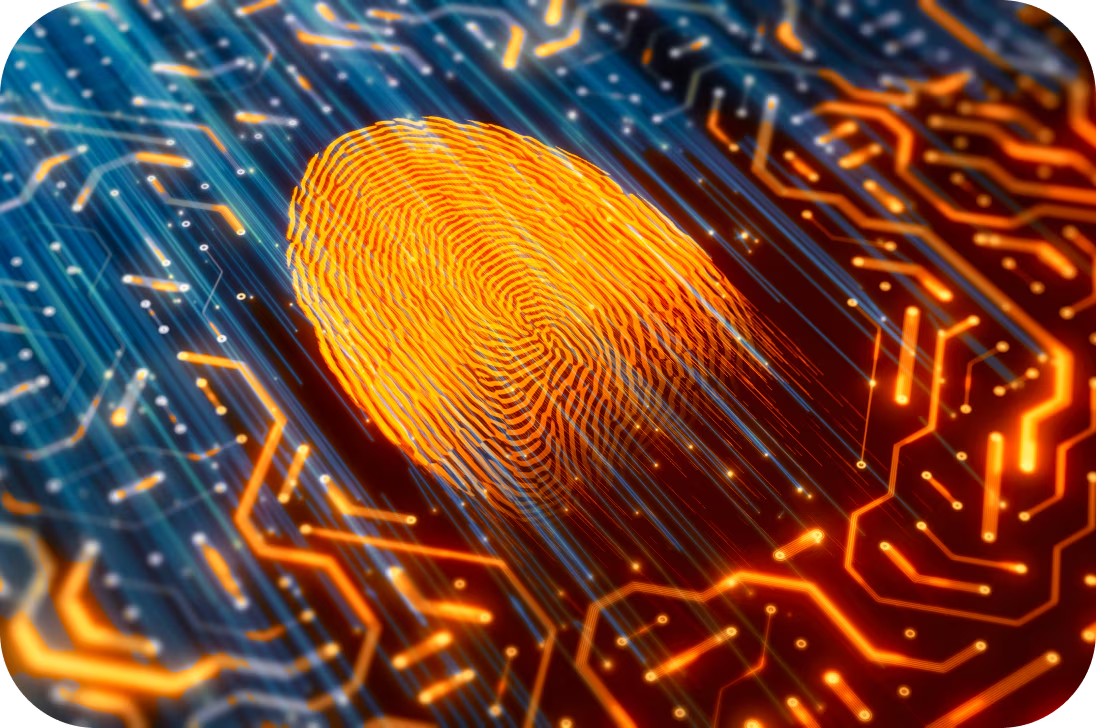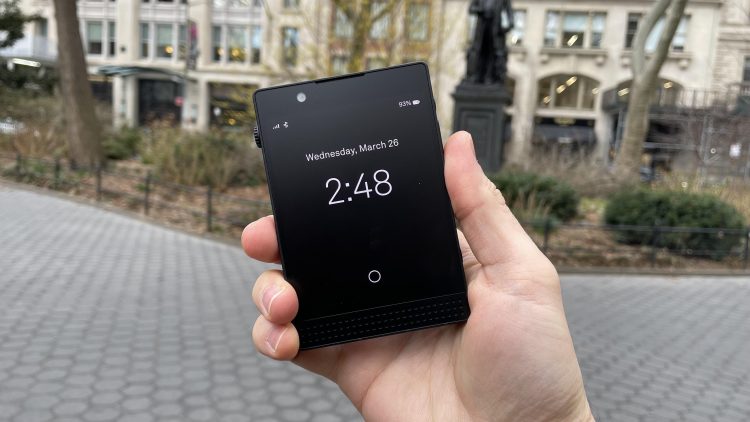In 2025, a cultural rebellion is unfolding quietly yet unmistakably. While Apple, Samsung, and Huawei vie for attention with bigger screens, brighter cameras, and ever more addictive features, a surprising contender is capturing hearts of those disillusioned by hyperconnectivity: the “anti‑social phone.” At the forefront of this movement is the Light Phone 3, which recently outsold even the iPhone SE in several markets. This minimalist device offers only essential features—calls, texts, navigation, music, and alarms—stripped of social media, notifications, and infinite scrolling. For millions who are trying to reclaim their attention and sanity, this rectangle of restraint represents more than a device—it’s a statement. Even more intriguing: the Light Phone’s barebones experience relies on cloud‑based AI to handle tasks like messaging, navigation, and basic voice functions, exposing a fascinating contradiction. The platform is minimalist in appearance but technologically rich underneath. Add to this a wave of “digital detox” vacations in South Korea, where the government subsidizes stays at remote resorts for people who want to truly unplug, and you’ve got the recipe for a potent cultural moment: a viral movement rooted in addiction awareness and digital pushback.
A Simple Device Becomes a Cultural Phenomenon
Surpassing the sales of an entry‑level iPhone SE may sound impossible, but that’s precisely what the Light Phone 3 accomplished earlier this year in parts of North America and Europe, according to industry insiders. Begrudgingly, phone retailers acknowledged that customers are now choosing it over budget smartphones. What draws people? Its design enforces a calm: navigation uses basic turn‑by‑turn text, messaging is old‑school SMS or immobilized through AI conversion, and all apps are disabled unless manually enabled via a dashboard. A New York Magazine Strategist columnist described using the Light Phone 3 as transformative—cutting screen time from five hours to three—and praised its resistance to mindless browsing and doomscrolling. The lack of app stores, black‑and‑white interface, and simple camera evoke nostalgia and peace. Many users report this device unlocked a return to intimate conversations, real‑world presence, and boredom‑inspired creativity. For the others, it’s an act of rebellion against social expectation and online anxiety.
A Minimalist Interface, a Hidden AI Engine
But don’t be fooled by its lack of flash. The Light Phone 3’s simplicity depends on a sophisticated cloud infrastructure. Navigation directions, music streaming, SMS transcoding—all managed off‑device on secure servers using AI. Users can’t just press “download music”; they manage files via a web portal, often from full‑featured devices. SMS messages can be converted to email, read aloud, even translated via AI. The phone doesn’t store much data—but it taps advanced language and mapping engines remotely. This raises important questions: how do anti‑social device fans reconcile their desire for simplicity with reliance on sophisticated AI systems they can’t control? The company counters that this tech empowers users without drawing attention—no social media algorithms, no dopamine loops. Critics, however, point out that the phone still depends on data tracking, cloud servers, and proprietary AI processing. In effect, users trade digital addiction for digital invisibility—their data flows quietly, but their attention does not.
Dopamine Detox Goes Governmental in South Korea
If the Light Phone is a private choice, South Korea’s government is embracing the anti‑social philosophy publicly. In spring 2025, policymakers announced a subsidy program for digital detox retreats designed to address widespread screen addiction. These “anti‑social vacations” offer fully offline stays in rural resorts, where phones are checked in at the door. Guests attend workshops on mindfulness, creative expression, and nature immersion with no access to internet or cellular signals. The program builds on earlier government efforts—over the last decade, South Korea has treated digital and gaming addiction as public health issues, offering camps, counseling, and stricter age‑based screen limits. This latest initiative acknowledges a mobile‑phone addiction phenomenon supplanting earlier concerns. Early participants say the experience is life‑changing: they slept better, felt calmer, and returned home determined to retain phone habits shaped without bingeing. The program’s popularity is now viral, with waitlists for resorts stretching for months and social media buzz ironically spread by last‑minute smartphone check‑ins from retreat sites.
The Psychology Behind Anti‑Social Devices
Analysts say this beats all tech trends; people crave quiet rebellion. The movements reflect a backlash against distraction, anxiety, and the unending scroll. The anti‑social phone and detox resorts work on the same emotional chord: they promise clarity, gratification through disconnection, and the chance to live without curated social metrics. They represent a reterritorialization of attention. In psychological terms, every focus shift—away from notifications—strengthens attentional control. Removing temptations via device choice helps users reclaim mental space. The Light Phone provides structural support: if you really want to check TikTok, you need another device, a different app, or deliberate intent.
Minimal Design Meets Subscription Tech
The Light Phone 3’s business model also reflects this paradox. Priced similarly to midrange smartphones but sold as lifestyle gear, the company offers subscription services for calling plans, cloud storage, encrypted messaging, and occasional support. Users must sign up online and remain subscribed to keep the device functional. The company’s revenue depends not on selling you features but on helping you resist them. Cloud‑based upgrades or GPS improvements require subscription validation—a reminder that simplicity costs monthly. Detractors see this as a clever trap; advocates see it as welcome friction, kicking users toward deliberation.
Critiques from Traditional Tech Circles
Critics argue the anti‑social trend is nostalgia‑fueled regression. They claim smartphone yields more benefits than costs, especially for marginalized users relying on connectivity for navigation, healthcare access, and social support. The Light Phone has limited battery life and reception, and the lack of emergency apps could pose risks. Its selling point is silence—but at what price? Cloud‑based AI also entails data transfer, tracking, and server dependencies that contradict digital minimalism. Some social scientists say these devices externalize responsibility; instead of asking tech companies to reduce addictive algorithms, users are forced to vote with their wallets. In short, the movement depends on privileged access to alternative devices and vacations, leaving systemic tech issues unsolved.

A Cultural Shift: From Addiction to Intentionality
Still, advocates see the movement as cultural vanguard. It’s not about rejecting technology, but about reclaiming intentional use. They envision a world where people aren’t tethered by notifications but choose when to engage. South Korea’s subsidy of detox vacations marks a territory of public acknowledgment: distractions aren’t private habits but societal crises. The Light Phone, on a smaller scale, signals a potential demand for devices sized for focus not function. Some brands are experimenting with “focus modes” or offering low‑distraction apps, but for now nothing competes with blank-slate simplicity.
Scaling the Movement: From Cult to Mass Market?
Will anti‑social gadgets influence mainstream tech? Some signs hint at the beginning. A few feature-phone manufacturers are launching minimalist clones of the Light Phone. Google and Apple have responded with more aggressive modes that limit notifications by default, requiring voluntary disabling. Cellular providers are offering pared-back phone plans. Even mental-health charities are co‑branding with device-makers to provide “Focus Kits” pairing minimal hardware with therapies. Still, anti‑social phones remain niche—barely 1 % of market share. They fit best for people with a secondary smartphone or who can accept limited connectivity. But as attention economy fatigue grows, those numbers might expand.
Ethical Tech or Privileged Rebellion?
The movement carries inequalities. Detox vacations assume leisure time and disposable income. Minimalist devices appeal to educated urbanites with alternative tech for emergencies. Many families and workers depend on the connectivity mainstream smartphones provide. Critics suggest anti‑social devices are a luxury escape from digital precarity—not a universal solution. Fortunately, the movement is spawning broader reform. Korea’s digital detox program complements regulatory efforts: app screen limits, in-school digital literacy programs, and age‑based usage caps. Tech companies are facing legislation on addiction and data use. In short, anti‑social hardware is one front in larger battles for ethical design.
Future Paths: Minimalism, AI, and Human Values
Looking ahead, the movement raises critical questions. As AI grows smarter, could we program smartphones to filter out anxiety triggers while preserving utility? Could AI assistants schedule breaks or simulate things you shouldn’t read? The Light Phone hints at a future where interface matters more than capabilities. Design philosophy—maximizing utility while minimizing distraction—may influence mainstream interfaces. Conversely, movement critics see a need for systemic change: schools, workplaces, and platforms must evolve to reduce addiction by default. The anti‑social trend could be the first stage, sparking regulation, app redesign, and AI-powered wellbeing frameworks.
Conclusion: A Moment in Digital History
The Light Phone’s unexpected sales success, juxtaposed with government‑sponsored detox vacations, underscore a deeper tension: as our digital infrastructure becomes faster and more pervasive, society is looking for ways to pause, breathe, and reclaim attention. The 2025 anti‑social phone movement might be more than a trend—it could be the first step toward a cultural shift. It asks whether life value is measured by screen time or presence. Its irony is palpable: a stripped-down device powered by cloud AI; guilt-free holidays paid by public taxes; digital minimalism coexisting with data-intensive infrastructure. Whether this moment matures into mass change depends on awareness, policy, and whether people demand devices that preserve focus by design—not regret.


















































Discussion about this post